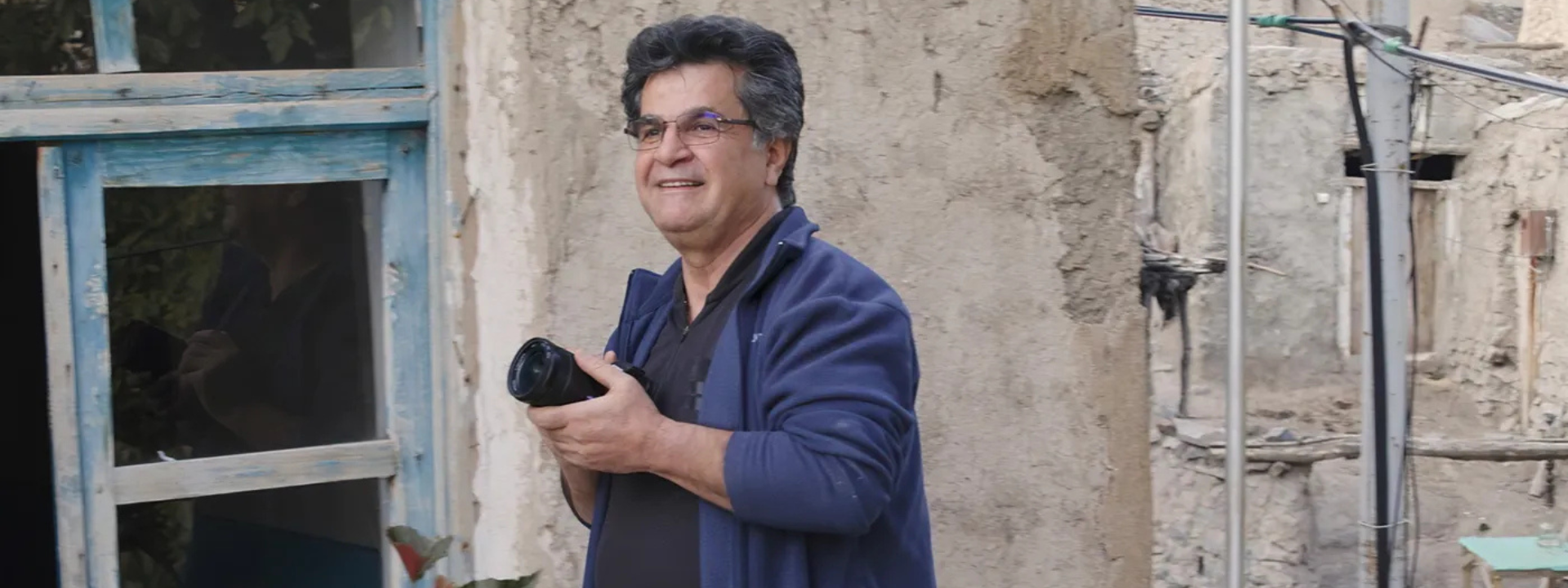I Saw the TV Glow: A Shimmering Memory of '90s TV

When a lonely teenager is introduced by a classmate to a mysterious late-night TV show, the world within the show begins to feel more real than real life. Jane Schoenbrun’s evocative and uncanny story of suburban horrors and coming of age in the mid-1990s creates a foreboding feeling that unspools across decades before reaching a breaking point.
I Saw the TV Glow is a meticulously crafted genre film that plays on the television shows that kept us awake at night during childhood, but that we couldn’t stop ourselves from watching. It’s also a mind-bending exploration of both the perils of our culture’s obsession with nostalgia and the ways we find and make ourselves in the things we watch. It’s a glorious teen movie destined to be discussed in the same breath as classics such as The Craft and Donnie Darko. It’s a note-perfect evocation of the '90s, shot on gorgeously hyper saturated 35mm and fuzzed-out VHS, with an original soundtrack evocative of the Twin Peaks Roadhouse. It’s a multi-layered story that pops and entertains throughout, but provides a rich, thoughtful, utterly original meditation on identity, the unreliability of memory, and embracing what it means to be yourself. But most of all, I Saw the TV Glow heralds the arrival of not just one of the most singular American filmmakers of our times, but also an uncompromising new vision of queer and trans cinema.
Returning to Sundance for the first time since We're All Going to the World's Fair’s buzzy virtual debut, Schoenbrun reflects on the different circumstances surrounding their last film and their latest work: “World's Fair was a film about virtual worlds. Being alone and quarantining by choice in a room. And everyone was obviously quarantined by necessity when it premiered. I think that environment and that specific context actually helped the film at the time,” they say. “But I hope that I Saw the TV Glow hits in a much louder, poppier, explosive way, almost coming out of sorts. So it feels really fitting to finally get to be in a room with people at a film festival and have a proper, celebratory, world premiere.”

Over the course of their work as co-creator/curator of the online TV series The Eyeslicer, as well as the writer/director of We’re All Going to the World's Fair and the feature-length YouTube found footage film A Self-Induced Hallucination, Schoenbrun has become closely associated with the stranger corners of the internet. While those earlier works drew heavily from Schoenbrun’s experiences growing up and seeking a sense of self and community online, the roots of I Saw the TV Glow grew out of the more analog fandoms and ’90s television.
A Shimmering Memory of '90s Television
Jane drew from all different corners of film history to find inspirations for the visual aesthetic of I Saw the TV Glow. “When I was watching movies in the lead up to making this movie, I was just obsessively returning to the films that I consider to be the most beautiful films,” Schoenbrun says. “I kept watching AI over and over again. I kept watching Blade Runner over and over again. I watched a lot of animation. Films that felt like they had the audacity to paint in really vibrant, rich, and heightened colors.”
.jpg)
Justice Smith adds, “[Jane] often says every frame has to be a Rembrandt. They put so much heart into the story and the script, and I think they’re determined to make the film look as beautiful as it feels when you read it.” To that end, Schoenbrun and cinematographer Eric K. Yue made the decision to shoot the film on 35mm. This was a major shift for a filmmaker whose previous work is so heavily associated with lo-fi internet video, but as Schoenbrun explains it, “We shot the film on 35mm because 35mm is beautiful, and there was no other format that was going to bring out the textures and make every shot feel holy and gorgeous in the way that 35 does... I think I need to, as an artist, believe that the images I'm capturing are holy or poetic or imbued with romance. And since I tend to make movies about media, I want to integrate the mediums and actual formats into the creative process.”
While some sacrifices had to be made in order to shoot on film, Schoenbrun and Yue were intent on pushing the format to its limits. “I wanted [the film] to feel like you ate so much cotton candy that you’re going to vomit because it was so sweet an then it’s too sweet all of a sudden,” says Yue jokingly. “We’re pushing the colors to the point where it’s almost unnaturally saturated with color. And then there’s these moments where it’s sort of ‘classically beautiful’ and transcendent in a certain way. They’re not sickening moments... they’re really about bliss or discovery.”
.jpg)
Keeping true to the actual shows that inspired it, the Pink Opaque segments that appear throughout the film were also shot in 35mm, but later transferred to both VHS and Betamax in post-production to create the show’s different period-specific degradations. Rather than just use a single format, several shots in the final edit use combinations of all three, placing, say, a 35mm monster in front of a fuzzed-out Betamax backdrop to help create a world that feels somewhere between dreams and reality, or, film and television.
Similarly, it was important to Schoenbrun that neither of the film’s two worlds—that of The Pink Opaque and the “reality”—felt too different from the other. “[I was] more interested in capturing some kind of romantic genre ideal. I wanted the whole movie to feel like the memory of television. Even Owen and Maddy's world, and especially when the two of them are together, kind of becomes this shimmering evocation of '90s TV.




%402x.svg)